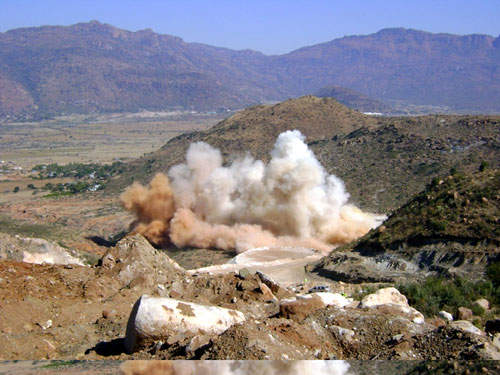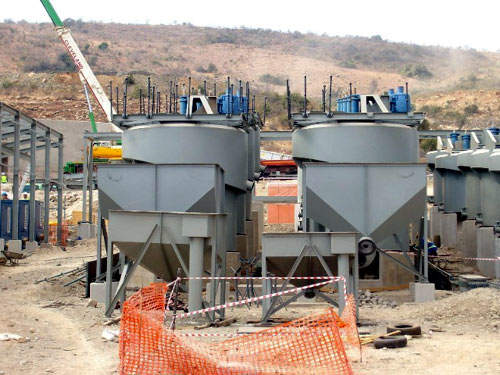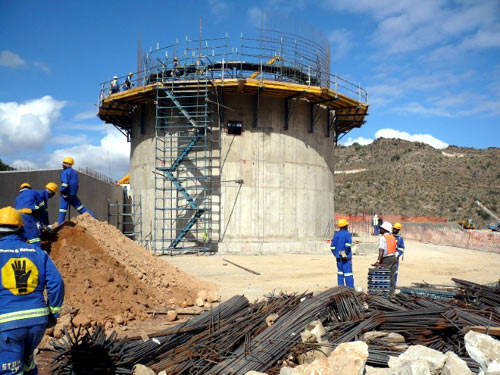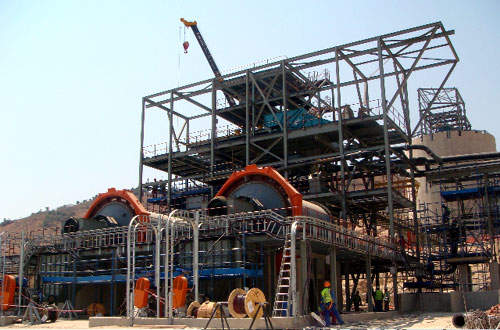The Smokey Hills Project is located on the eastern limb of the Bushveld Igneous Complex (BIC) in the Limpopo Province, 300km north of Johannesburg.
Platinum Australia (PLA) bought into the project in January 2007 through the staged acquisition of 100% of Smokey Hills Platinum (Pty) Ltd (SHP). Its aim is to own 80% of Smokey Hills, with the balance being held 15% by Corridor Mining Resources, a company owned by the Limpopo provincial government, and 5% by the local community under South Africa’s Black Economic Empowerment (BEE) legislation.
As of September 2008, PLA had 69.75% ownership, but with an economic interest of about 85% because of the structure of the BEE participation. The balance is held by BEE parties, including 9% by the local community after PLA funded the buy-out of Corridor.
The capital cost for the development of the project was originally estimated at about $49m, of which about $37m has been provided as debt finance by Standard Bank of South Africa. This has since risen to $52m with the purchase of 8MVA of standby generating capacity for the project.
Geology and mineralisation
Smokey Hills is in the Critical Zone of the BIC’s eastern limb. The zone is divided into Upper and Lower sub-zones, with the Upper sub-zone consisting mainly of norite, gabbronorite, anorthosite and pyroxenite lithgologies, hosting a series of chromitite reefs. There are three groups of chromitite reefs – the Upper Group (UG), Middle (MG) and Lower (LG) – of which the UG reefs are the major source of platinum group metals (PGMs).
Grade and reef thickness across the BIC ranges from 3.5g/t to 19.16g/t and about 0.5m to 1.5m respectively.
The resource estimate for the project shows a Measured and Indicated resource for the project of 5.5Mt at a grade of 5.6 g/t 4E PGMs (platinum, palladium, rhodium and gold) containing 1Moz 4E PGMs. Total Proved and Probable reserves are put at 4.64Mt at 5.11g/t 4E PGMs.
The throughout was 146,443t for the second quarter 2009. The head grade for the project was 4.74g/t 4E. The recovery rate was 50.6% and 4E PGM Shipped 6,706oz.
Production
PLA started operations at Smokey Hills in January 2008 initially as an open cut; it will then progress to a shallow underground mine. Blasted stope ore is scraped down to mucking bays in the reef drives and loaded by LHDs, tipping into haul trucks for transport to the processing plant.
Ore production from the open pit has been built up to 40,000tpm, with a pit life of some 14 months. The life of the mine is put at seven years.
Mining operations during June 2009 focused on the development of six main access adits along with the development of first raises between #4 and #5 adit. Aggregate of 27,729t of development ore was mined from operations during June.
During the first quarter of 2009, the mine produced 28,000t.
The commissioning and ramping of production continued in the second quarter and 146,443t was treated, reaching 80% of design capacity of 60,000t per month.
Processing
Commissioning of the plant started in September 2008, with the ore treated on site and the flotation concentrates sold to local smelter Impala Refining Services from November 2008. The first floatation concentrates were produced during January 2009, with the successful ore commissioning of the crushing and milling sections of the processing plant.
The plant has been designed to produce about 95,000oz of 4E PGMs per year. The processing plant is a standard UG2 plant incorporating milling and flotation, and recovery is put at 85%.
Water is being sourced from the Lebalelo Water Scheme, via a 20km pipeline from the existing Lebalelo infrastructure to the mine.
The project’s main source of power comes from South African utility Eskom, via the national grid, at an initial level of 2MW but rising to 10MW early in 2009. To allow the project to build up to full production ahead of receiving its full allocation of power, however, PLA has also installed standby generating power of 8MVA.
Another reason for this step is to allow the mine to operate independently of Eskom in the event of future power problems. PLA believes the power situation in South Africa will get worse before it gets better, saying it will take time for new power sources to come online and that it could be 2016 before the shortfall is overcome.
PLA awarded the EPCM contract for the construction of the processing plant and related infrastructure to GRD Minproc (Pty) Ltd in July 2007.







